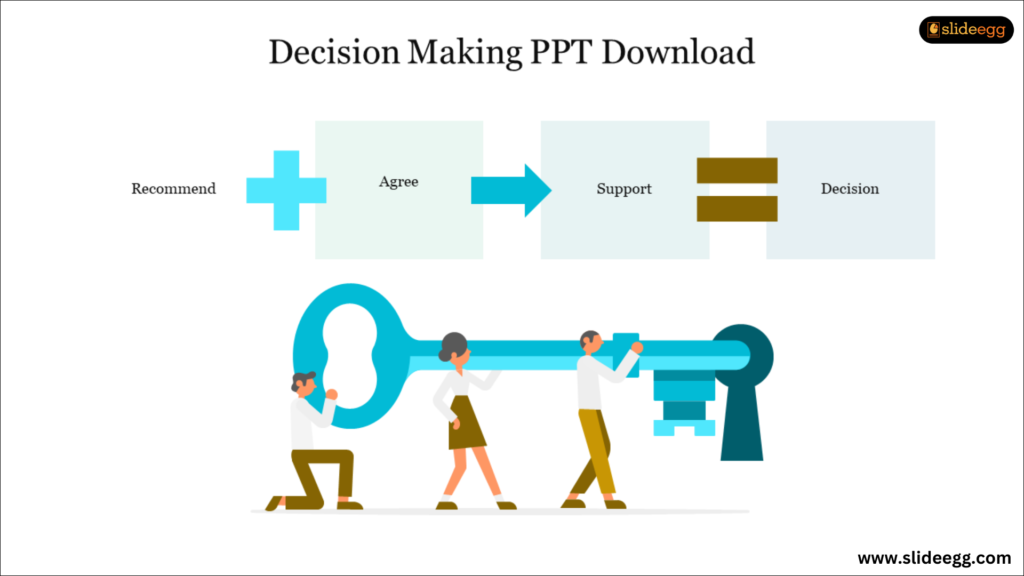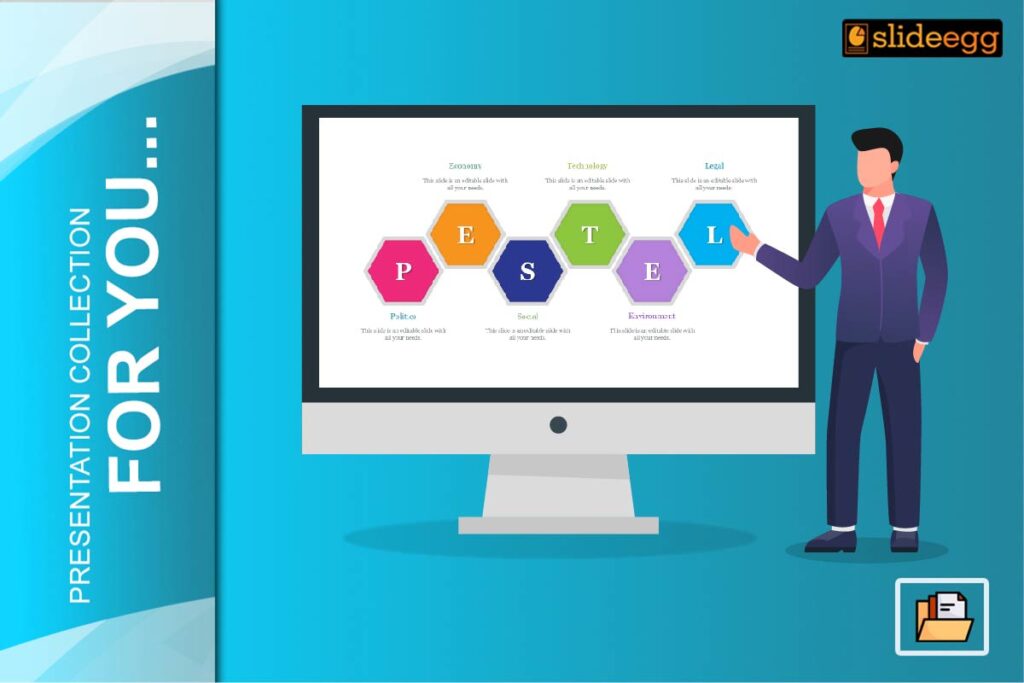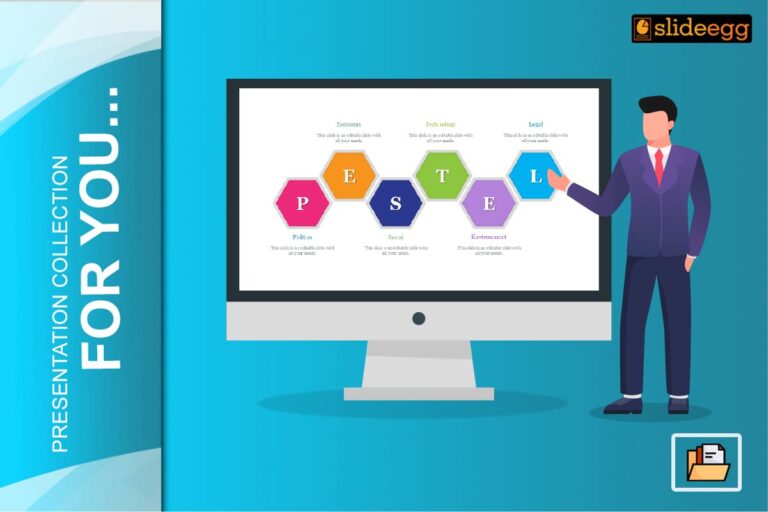Do you often find it challenging to explain the root causes of project delays? Simple tricks can help you break down problems and present solutions in a clear manner.
Some simple tricks on, how the use of 5 Why Infographics improves your presentations on projects.
Knowing the 5 Whys Method
This technique is based on asking “Why?” five times. By continually asking questions, teams will be able to unearth the root of the issue, which may not appear at face value.
For example:
Problem: The project is behind schedule
Why 1: There was a delay in the design stage.
Why 2: The needs were not articulated to a design team sufficiently.
Why 3: Kick off stakeholder meetings weren’t held with all departments.
Why 4: Communication protocols haven’t been established early.
Why 5: There hasn’t been a project kickoff meeting at the start.Application of this process allows teams undertaking projects to find root causes and come up with practicable solutions.
Role of Infographics in Presentations
Infographics are complex data that people can digest through visualization. Why Why analysis format PPT can help to enhance engagement and understand the subject matter. The human brain has been found to remember 65% of its visual content after three days; the retention rate for written content is a mere 10%. To a project manager, this means presenting problematic situations clearly in a visually defined approach, thereby enhancing the understanding of the issue among both team members and stakeholders.
A mix of the simplicity of the 5 Whys with the visual power of infographics enables your thought process and journey to a solution to be easily understood by your audience.
Project Presentation Using 5 Why Template PPT

How to Identify the Problem
Clarity will be high when reporting a project. The 5 Why Infographic brings out superficial causes and gets down to the heart of the matter. When trying to assert a reason for a project delay or perhaps its budget overrun, the 5 Why method is the path to bringing precision into your decisions and instilling trust and accountability in one’s decisions.
Better Decisions
Visualization of the problem-solving process can facilitate the understanding of the critical issues at hand among the different stakeholders, thus providing a better opportunity to have an effective decision-making process. A well-structured 5 Why Infographic can also lead team discussions on key issues, hence avoiding back-and-forth on surface-level symptoms.
Drives Engagement with Visuals
A large percentage of learners are visual. Projects seem like abstract concepts, but project managers can relate them to practicality by using 5 Why Infographics. This improves involvement, which, in turn, improves the chances of team members and other stakeholders contributing to the problem-solving process. This way, a higher likelihood of effective, sustainable solutions shall be arrived at.
Streamlines Complexity of Information
Project presentations very often tend to roll out big data bales, which tend to bog the audience. The 5 Why Infographic could break up a complex but understandable piece of information. This way, you can reduce a complicated problem into a simple solution without drenching your audience in data.
Cases of 5 Why Infographics in Projects
Identification of Delays
5 Why Infographics help project managers to investigate the cause of delays in projects. For example, if the product launch is delayed, they ask “Why?” until they find the root cause—that is, whether it is because of a lack of resources, ineffective communication, or lack of clear objectives for execution. This also gives not only the root cause but a career roadmap for avoiding delays in future.
Budget Overruns
Presenting this project to stakeholders in front of whom you would have to defend why the project budget went over may be a challenge. You will effectively demonstrate how small oversights or miscalculations in the front end snowballed into costs by using a 5 Why Infographic.
This will enable your team to align on a root cause, which makes it easier for them to find solutions and rectify it so that it does not happen again and again.
Stakeholder Communication
The most common project pitfall arising from bad communication among the teams and the stakeholders is the frequent occurrence of miscommunication. A situation can be used to discover why such a situation happens through the application of the 5 Whys technique.
For example, if stakeholders complain about not getting proper updates on a project, then it can indicate how chain occurrences of bad communication are, hence easier to identify and solve.
Conclusion
5 Infographics is a game-changer for project managers looking for a structured, visual, and engaging presentation of findings. Problems become easier to explain and complex data easier to simplify with it, leading to better decision-making.
As businesses begin to make decisions more and more based on the data they have, bringing such visual aids into presentations will help you communicate ideas and streamline your project processes.
With the application of the 5 Whys approach, and adding infographics, you will make your project presentation more effective in suggesting actionable results and strengthening team alignment to ensure project success.







